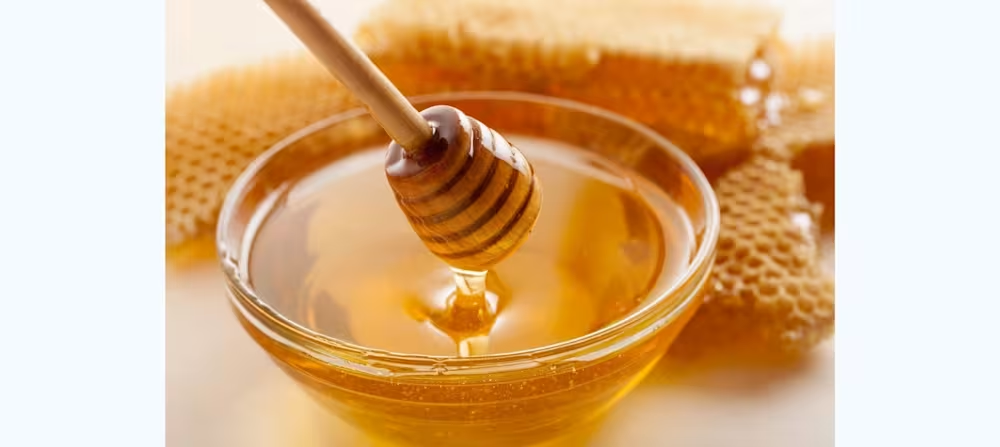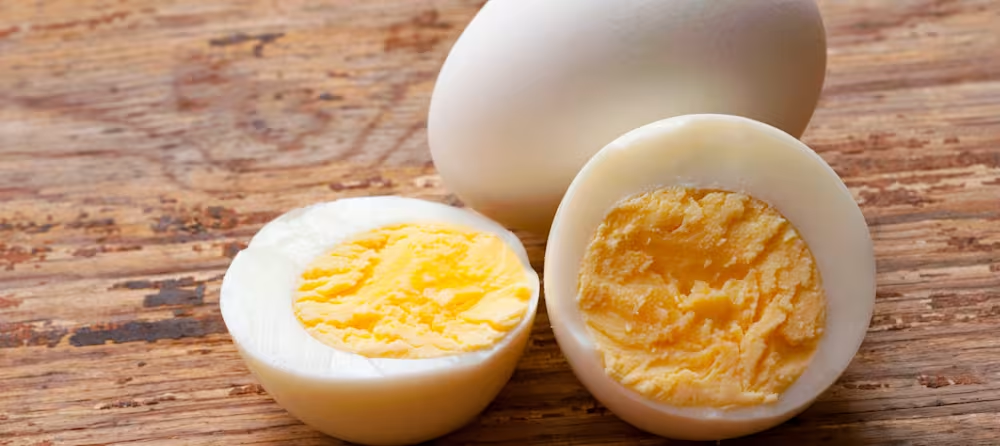Organic vs nonorganic food: Does it matter which I’m feeding my child?
Updated Aug 13, 2025

The demand for organic products, including food, has grown tremendously over the last few decades, and foods that used to only be found in specialty health food stores now fill the shelves at most major grocery stores. In fact, according to the Organic Trade Association, sales of organic foods topped $56 billion in 2020 [].
Clearly, organic foods have become popular. But what does “organic” actually mean — and is the label worth the extra cost? Keep reading to find out.
What is the difference between organic foods vs non-organic foods?
In the United States, the term organic signifies that a product has been grown or produced according to standards set forth by the United States Department of Agriculture (USDA) []. These standards set best practices for crop farming and animal production in the areas of soil quality, animal raising, pest and weed control, as well as the use of additives. If a food is labeled organic, it’s produced without conventional pesticides, genetic engineering (GMOs), and routine antibiotics.
In order to use the organic label, farms must apply for the organic certification through the USDA, a process that can be time-intensive and expensive. So while products sold at the grocery store are highly regulated, food at a local farmers’ market may not be! Chances are if you talk with local farmers, you may find a farm following organic practices that cannot afford to become certified or simply chooses not to. Moral of the story? It’s worth learning about where your food comes from if you can!
There are four categories [] a food or product could fall under for organic labeling. A few of them use the USDA Organic seal and some of them don’t.
Here’s a quick recap of the different categories so you can be better informed next time you’re at the grocery store.
100 percent organic. Must be made of 100 percent certified organic ingredients and may include the USDA Organic seal on the label.
Organic. All ingredients must be certified organic except for certain allowed food additives, such as enzymes for yogurt. The additives cannot make up more than 5 percent of the ingredients. These products may use the USDA Organic seal on the label.
Made with organic ingredients. At least 70 percent of the product’s ingredients must be certified organic ingredients. The USDA Organic seal cannot be used on the label, but it may say “made with organic ingredients.”
Specific organic ingredients. Used for products that are not overseen by a USDA certifying agent, these foods may list certified organic ingredients in their ingredient list. These products may contain any combination of organic and nonorganic ingredients.
Organic vs. nonorganic foods: Does it matter which type I’m feeding my child?
The decision whether or not to serve organic foods to your child or family is a highly personal one based on multiple factors, including budget and accessibility. Organic food almost always costs more than its conventional counterparts and although it has grown in popularity, it is not always possible to find.
While there is no definitive answer to the organic vs. nonorganic debate — even in children — one potential benefit of choosing organic foods is reducing pesticide exposure. The pesticide levels found in produce are regularly test under the allowable safety limits, but many still worry about the risk they pose to children’s developing bodies.
A few small studies show shifting to an organic diet quickly and significantly reduces pesticide residues in the bodies of preschool [] and elementary-aged children []. However, these studies do have limitations and more research is needed in this area.
Additionally, pesticides may be found in our environments as well as the food we eat, so choosing organic food is only one way to reduce exposure.
Although some families prefer the taste of organic food or feel it is better for the environment, the research is not conclusive enough to say organic is better than nonorganic, even in children.
As with all feeding matters, choosing organic doesn’t have to be all or nothing. Keep reading for ways to incorporate organic food into your diet in a way that works for your family.
Is organic food really better?
Consuming organic food is often believed to reduce exposure to pesticides, to be better for the environment, and to be more nutritious. While the research isn’t completely conclusive in telling us whether or not organic food is healthier overall, here is what it can tell us.
According to a 2012 scientific review [], organic food was not found to be significantly more nutritious than nonorganic, but consuming organic food likely reduces exposure to pesticides and antibiotic-resistant bacteria. It’s worth noting that all the food tested was still under the allowable safety limits for pesticide use. However, if reducing pesticide exposure is important to you, this may be a reason to choose organic.
In 2020, another review [] looked at the benefits of organic versus conventional food as it related to overall human health. It concluded that the current research is not definitive as most studies look at pesticide exposure and cannot determine long-term health effects. However, there were some significant positive outcomes related to reduced occurrences of infertility, birth defects, allergies, ear infections, pre-eclampsia, metabolic syndrome, high BMI, and non-Hodgkin lymphoma with an increased organic food intake.
Overall, we can conclude there are likely some benefits to consuming organic food, but it is difficult to determine how great the benefits really are. Additionally, we know eating a varied diet rich in produce leads to positive health outcomes regardless if the food is organic or not.
Alternative options for choosing organic
1. Choose organic for select foods
You can use the Environmental Working Group’s (EWG) Dirty Dozen [] and Clean Fifteen [] lists to see what foods are typically higher in pesticides and which ones are typically lower. These lists are updated each year.
2. Look for produce alternatives
Frozen or canned organic produce may likely still be more expensive than their conventional counterparts but may be cheaper than buying fresh. Frozen and canned produce has been shown to be just as nutritious as fresh produce.
3. Grow your own
Set up a garden in your backyard or seek out a community garden, and try your hand at growing your own produce. You can even try keeping your own chickens for eggs, or bees for You will be in control of how the food is produced from start to finish!
4. Purchase from a local farm or farmers market
Many smaller local farms follow organic practices but aren’t necessarily certified as USDA organic due to the cost. Talk with the farmer to understand their practices and find a farm that aligns with your family’s values.
When should I try to purchase organic foods?
If you have the opportunity to purchase organic and you would like to, here are a few types of foods that are likely worth the extra cost and a few that might not be.
Foods to consider purchasing organic:
Foods on the EWG’s Dirty Dozen list
Every year, the EWG releases a list of produce that likely has the highest pesticide residue. They review data from USDA and FDA testing to compile the list. If you are trying to limit pesticide exposure, this list is a great place to start.
Foods your baby eats a lot
Since babies have smaller bodies and less developed body systems, being exposed to pesticides may be harder on them. If your baby loves blueberries and eats them every morning, it may be worth purchasing organic if you can.
Foods you eat all of, including the skin or peel
Produce where you eat the whole fruit or vegetable such as leafy greens, berries, or apples may be good choices to purchase organic since you eat the whole thing.
Foods that might not really matter:
Foods you peel
Peeling the skin off of a piece of fruit or vegetable will likely reduce pesticide exposure. If you are looking to save on organic, skips foods such as bananas, avocados, and citrus fruits.
Multi-ingredient, packaged foods
Much of the research focused on organic foods has been done on produce and pesticide exposure. So it’s difficult to determine the impact of choosing an organic packaged snack. Ideally, these types of foods are more limited in your child’s diet anyway, so it might not be worth the extra money here.
Takeaway
Whether you decide to feed organic food to your family is a largely personal decision based on a number of factors, including some that may be outside of your control. Rest assured, we are here to support your parenting journey regardless of your choice.
The bottom line: Ultimately, only you can decide if purchasing organic food is best for your family. If you want to and are able to purchase organic foods, that’s great! If you are unable to purchase organic or don’t want to, that’s OK too. Whichever you choose, do your best to eat a varied diet, full of as many whole foods as possible.
Share article:
Note: The content on this site is for informational purposes only and should not replace medical advice from your doctor, pediatrician, or medical professional. If you have questions or concerns, you should contact a medical professional.







